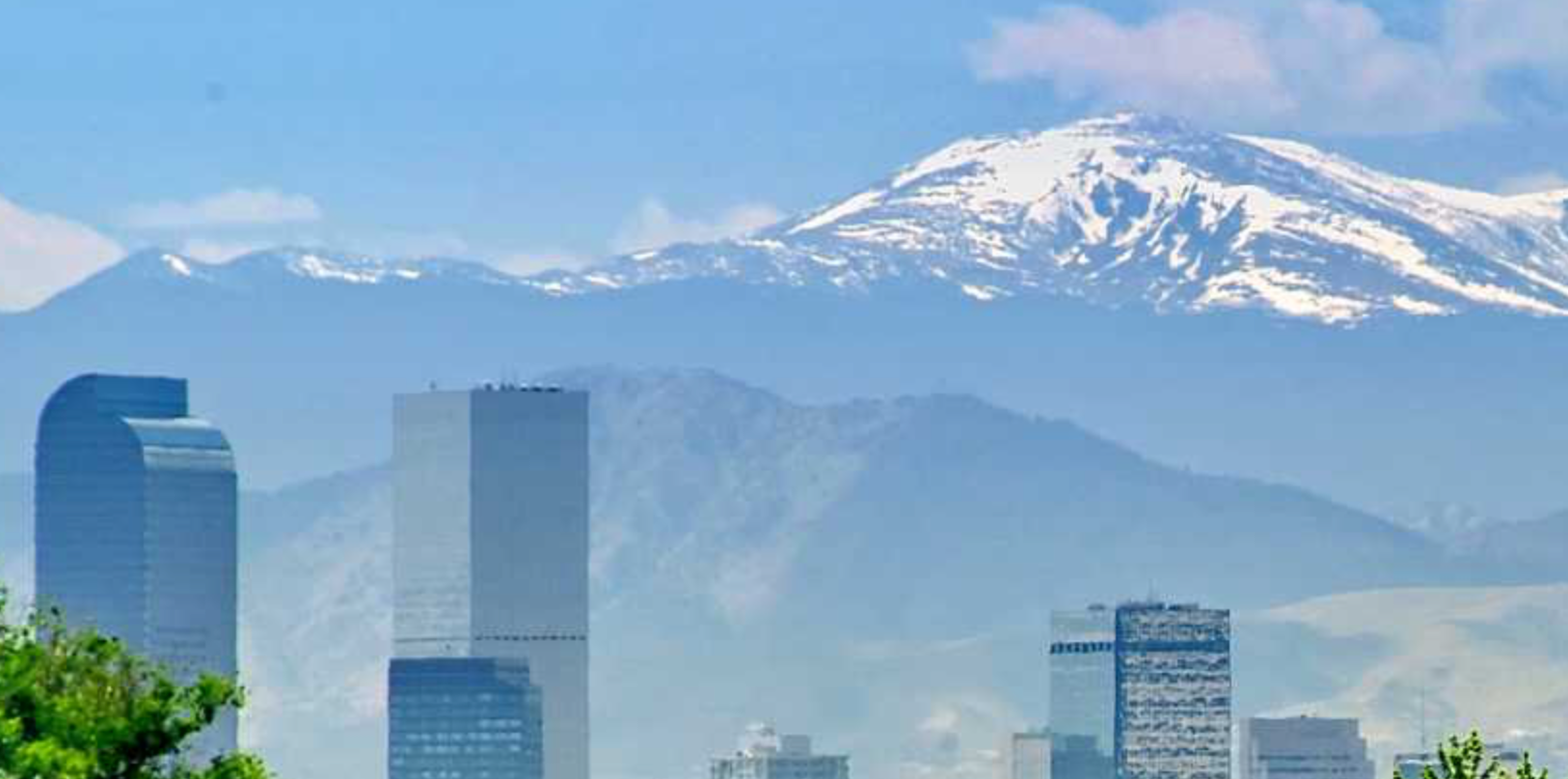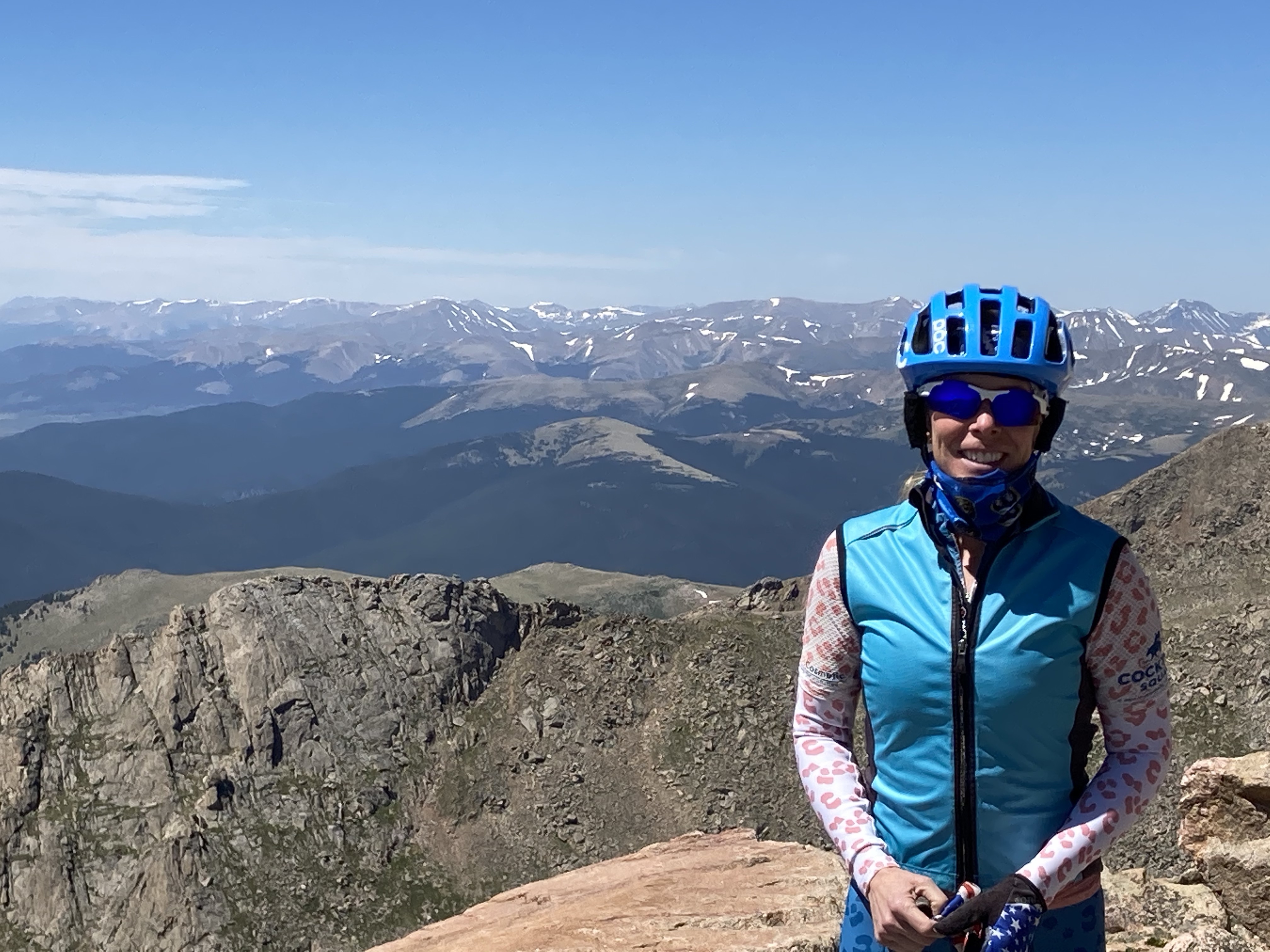When Motoman asked me what I wanted for my birthday, I told him I wanted to see the Crystal Mill. So he mapped out a motorcycle ride to get me there. Here’s how it went.

Day 1 – Denver to Weston Pass
I guess you could call me “interstate averse” when it comes to riding motorcycles. So, we took back roads from Denver>Florissant>Weston Pass with a quick stop at Cheesman Reservoir. I’ve heard of Cheesman Reservoir, but had never been there. Interestingly enough, you can’t actually get close to the water unless you’re fishing or hiking. It’s considered a National Historic Civil Engineering Landmark. There were miles of dirt roads in this area providing ample opportunity to practice cornering. The objective is to get faster and honestly, that’s the only other option!
The dirt road up Weston Pass was “champagne” gravel. We traveled up the road east to west and experienced very few rocks and bumps along the way. We found the perfect spot on the west slope and set up camp.

Day 2 – Weston Pass>Leadville>Hagerman Pass>Crystal Mill
This was the most technically challenging day of riding. We started the day with a quick breakfast in Leadville before riding over to Hagerman Pass. The road started with a few bumps here and there, and then became rockier and looser the higher we got. At one point, Motoman made the comment that the road had gotten more technical since the last time he had ridden it. I can understand how road/trail conditions are constantly evolving due to usage and weather. Very near the top, we found the road covered with snow and impassible for motorcycles, or any other vehicle.

Fortunately, there was a ride around option that went over the highest crest of the pass. This picture shows the snow covered road and where Motoman ended up after the ride around. It’s worth mentioning that it’s mid-July and this pass was still covered in snow.
Remember when I said I wanted to see the Crystal Mill? What I didn’t know was how much work it would be to get there. The only viable travel options on the road to the Crystal Mill are hiking, higher clearance 4WD vehicle, or motorcycle. It was a technical motorcycle ride with exposure, and if I’d known what I was getting myself into, it’s very likely I would have hiked instead. Plus, my bike was beginning to overheat, which made it even more difficult to handle. It was spectacular and worth the effort, though! The river was running high and fast and made for a lovely backdrop.

The ride back from the Crystal Mill to Marble was much easier than it was going the other direction. I didn’t notice the exposure, or the rocks as much as I had before. When we arrived in Redstone in search of food, Motoman had to take a lengthy call from his compsci apprentice. By the time that was over it was getting rather late in the day, so we found a place to setup camp for the evening.
Day 3 – Redstone>Carbondale>Grand Mesa>De Beque>Denver
The next morning Motoman had another call with his compsci apprentice, so we spent the morning in a Carbondale coffeeshop with wifi. After this lengthy call, we rode across the Grand Mesa to De Beque and back down I-70 to Denver. It was a fantastic way to spend my birthday. I’m so grateful to Motoman for his patience and willingness to take the roads less traveled with me!










































 It is one of Colorado’s iconic 14ers. 14ers are peaks whose summits are at or above 14,000 feet above sea level. Colorado is home to 53 such peaks. Construction on Colorado Highway 5 began back in July of 1923. After about eight years of construction, the road opened to the public. The road is about 14 miles long and begins at an elevation of 10,600 feet at Echo Lake. It winds through the Arapahoe National forest with trees 900 – 2,000 years old. Beautiful scenery of alpine lakes, the continental divide, wild flowers and wild life abound.
It is one of Colorado’s iconic 14ers. 14ers are peaks whose summits are at or above 14,000 feet above sea level. Colorado is home to 53 such peaks. Construction on Colorado Highway 5 began back in July of 1923. After about eight years of construction, the road opened to the public. The road is about 14 miles long and begins at an elevation of 10,600 feet at Echo Lake. It winds through the Arapahoe National forest with trees 900 – 2,000 years old. Beautiful scenery of alpine lakes, the continental divide, wild flowers and wild life abound. 


 pull ahead. When he got in front of me, I saw his license plate. It had 4 digits on it: 1914.
pull ahead. When he got in front of me, I saw his license plate. It had 4 digits on it: 1914.